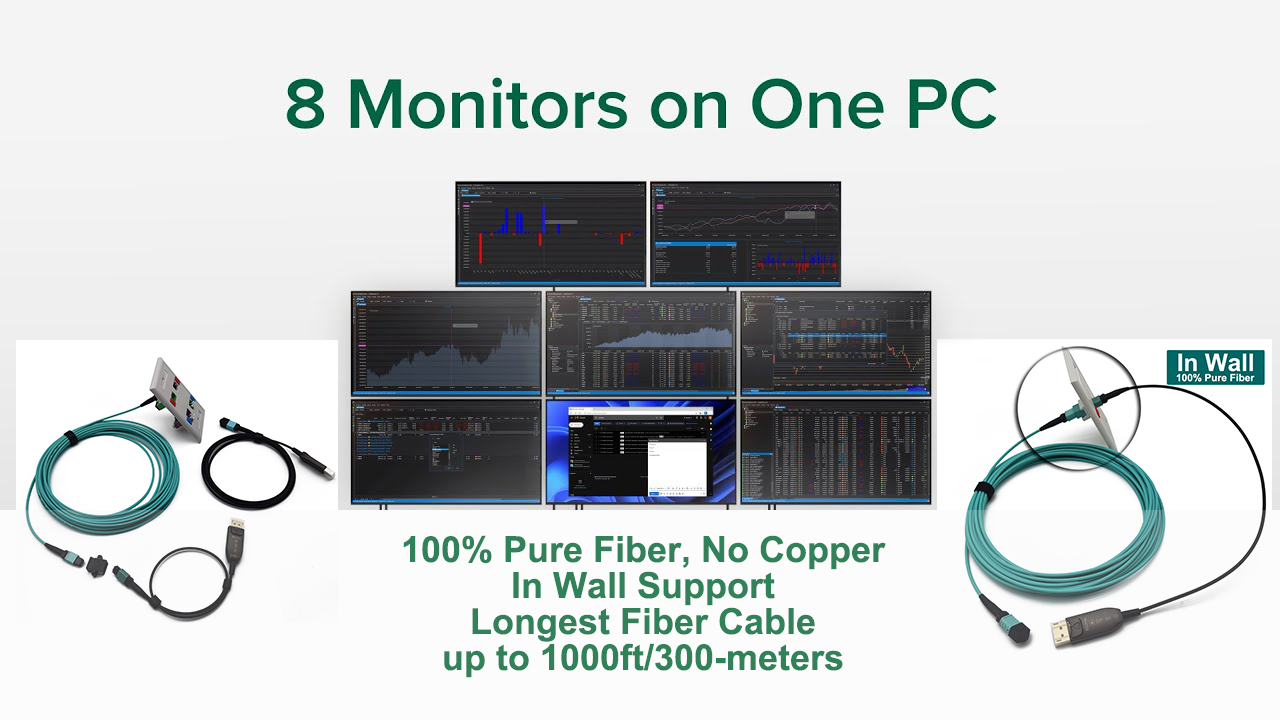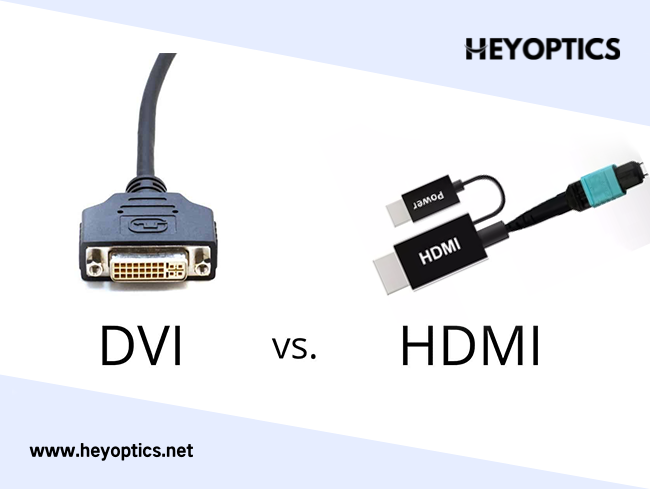Differences Between GPON vs XG-PON and XGS-PON
Differences Between GPON vs XG-PON and XGS-PON
With telecommunication development these years, GPON has evolved to XGPON and XGS-PON step by step.
PON has become the mainstream technology of FTTx network construction, but with users’ strong demands for high-bandwidth such as OTT Video and 4K TV, commercial use of 10G GPON has been put on the agenda by many operators. Moreover, from the perspective of technical standards and industrial chain development, 10G GPON has been improved, which is the best choice for FTTH high-bandwidth network construction.

What is GPON?
Passive Optical Network (PON) is a point to multi-point (P2MP) passive optical network. Mainstream PON technologies include broadband passive optical network (BPON), Ethernet passive optical network (EPON), and gigabit passive optical network (GPON). Adopting the ATM encapsulation mode, BPON is mainly used for carrying ATM services. With the obsolescence of the ATM technology, BPON also drops out. EPON is an Ethernet passive optical network technology. GPON is a gigabit passive optical network technology and is to date the most widely used mainstream optical access technology. GPON is defined by ITU-T Recommendation G.984.x.
What is 10G GPON?
10G GPON is evolved from the existing GPON technology; the factors promoting the technology evolution to 10G GPON are as follows:
Developing services require higher bandwidths and the GPON technology cannot meet bandwidth requirements.
Innovative access technologies on the user side require higher bandwidths and the GPON technology will face bandwidth bottlenecks.
A greater split ratio and a longer transmission distance increase network construction investments.
10G GPON has two standards, XG-PON and XGS-PON
XG-PON, asymmetric 10G GPON, provides asymmetric 10G GPON transmission (Maximum downstream line rate: 9.953 Gbit/s, Maximum upstream line rate: 2.488 Gbit/s ).
XGS-PON, symmetric 10G GPON, provides symmetric 10G GPON transmission (Maximum downstream line rate: 9.953 Gbit/s, Maximum upstream line rate: 9.953 Gbit/s ).
Specification Differences Between 10G GPON and GPON
| Specifications | GPON | 10G GPON | |
| XG-PON | XGS-PON | ||
| Wavelength | Downstream: 1480-1500 nm Upstream: 1290-1330 nm |
Downstream: 1575-1580 nm Upstream: 1260-1280 nm |
Downstream: 1575-1580 nm Upstream: 1260-1280 nm |
| Center wavelength | Downstream: 1490 nm Upstream: 1310 nm |
Downstream: 1577 nm Upstream: 1270 nm |
Downstream: 1577 nm Upstream: 1270 nm |
| Maximum Line Rate | Downstream: 2.488 Gbit/s Upstream: 1.244 Gbit/s |
Downstream: 9.953 Gbit/s Upstream: 2.488 Gbit/s |
Downstream: 9.953 Gbit/s Upstream: 9.953 Gbit/s |
| Frame structure | GEM | XGEM | |
| Maximum Physical Transmission Distance | 60 km NOTE:The physical reach is defined by split ratio, optical module size, and fiber quality. |
100 km NOTE:The physical reach is defined by split ratio, optical module size, and fiber quality. |
100 km NOTE:The physical reach is defined by split ratio, optical module size, and fiber quality. |
| Maximum Split Ratio | 1:128 NOTE:The actual split ratio depends on the optical module model and fiber distance. |
1:256 NOTE:The actual split ratio depends on the optical module model and fiber distance. |
1:256 NOTE:The actual split ratio depends on the optical module model and fiber distance. |
10G GPON FTTH Scenario
1, GPON and 10G GPON mixed
10G GPON and GPON share one ODN, but because of different wavelength between 10G GPON and GPON, a passive wavelength division multiplexing device WDM1r is needed.

Advantage: sharing one ODN, save the ODN construction cost
Disadvantage: 10G GPON ONU and GPON ONU are complex, difficult to maintainance
2, Construct new 10G GPON
10G GPON and GPON network are separated physically, clear network structure, which is convenient for management and unified business planning.

Huawei OLT XG-PON and XGS-PON board
1, MA5600T series OLT MA5608T, MA5683T, MA5680T only support asymmetric XG-PON
XGBC, 4-port asymmetric 10G GPON OLT Interface Board
XGBD, 8-port asymmetric 10G GPON OLT Interface Board
2, MA5800 series OLT MA5800 X2, X7, X15 and X17 can supports XG-PON and XGS-PON, also GPON & XGPON combo.
GPON, XGPON and XGSPON have different transmission rate, and they can share one ODN, or use separate ODN.



